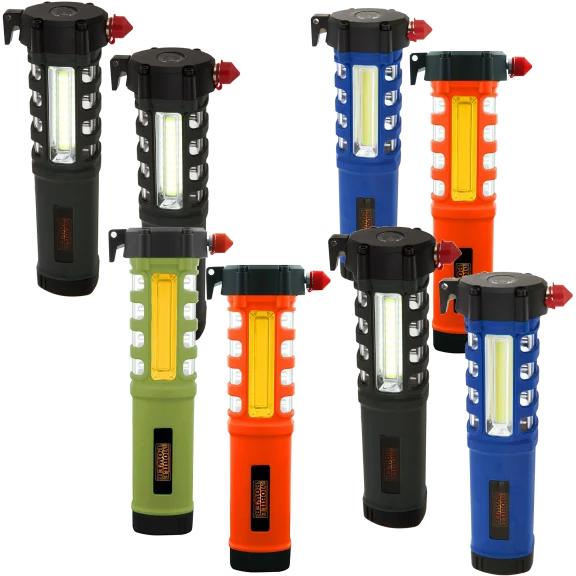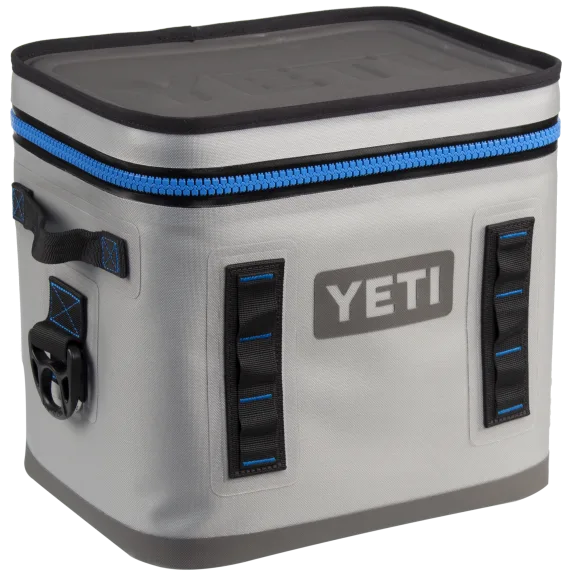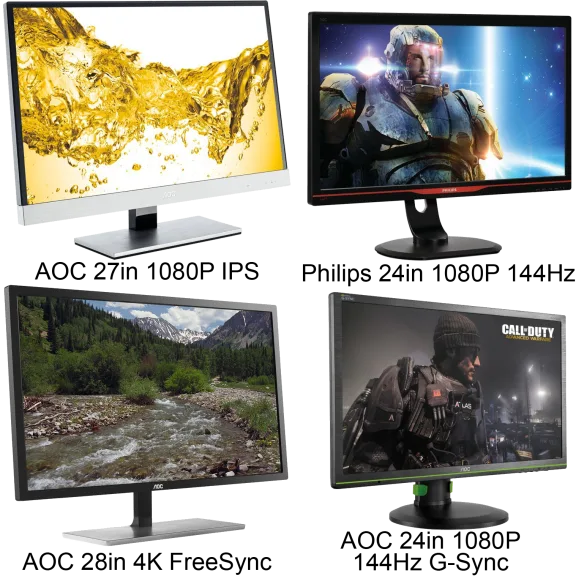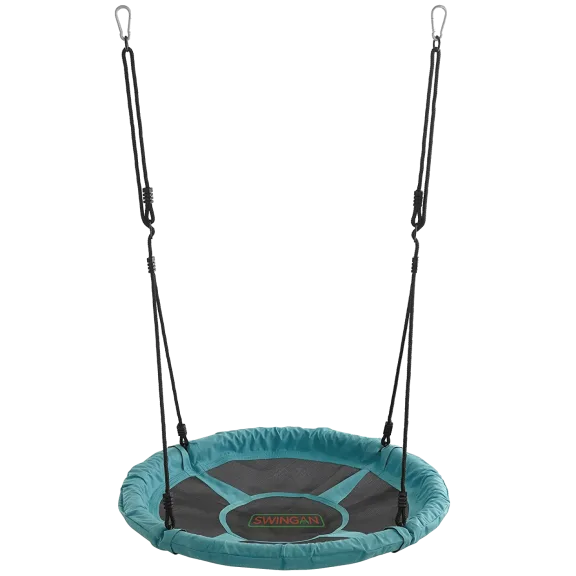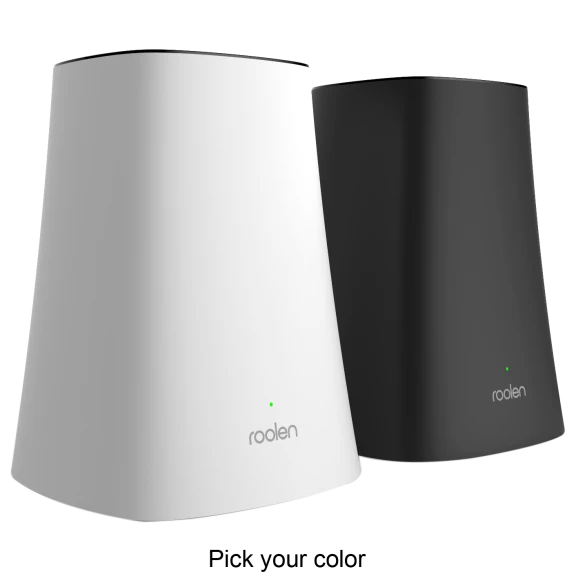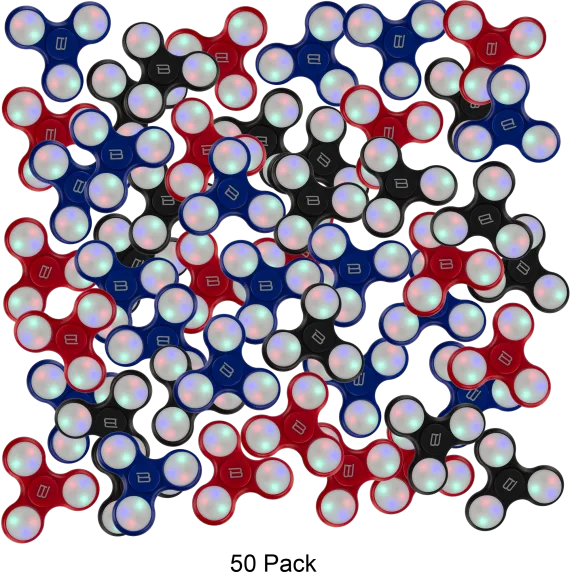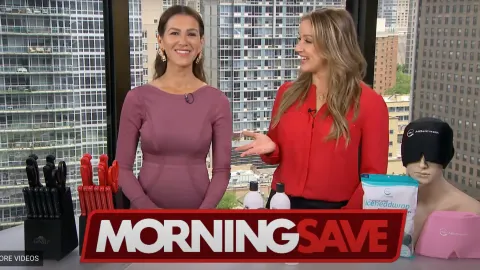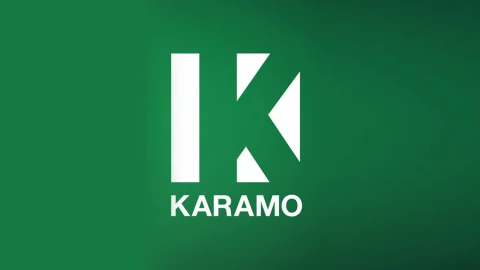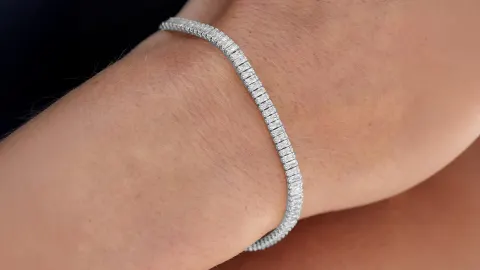Last time we sold these Keysmart doohikies we only offered 2 options: metal or plastic. Today were including a fancy one with built-in Tile tracking, bringing the number of options to 3. And for whatever reason, 3 options feels better.Have you noticed how often youre given 3 options when shopping? That includes the New York Times: (These screenshots are being taken from Japan, thus the Yen pricing)And pagan-worship-supplies subscription service Box of Shadows:https://d2b8wt72ktn9a2.cloudfront.net/mediocre/image/upload/v1508901533/g9ewvpnaswhhrp0ov9lt.pngWebsites often use the 3 pricing tiers as a kind of psychological trick to make you choose the middle tier. With this Goldilocks strategy, the idea is that you (the customer) will consider the cheapest option too basic, the most expensive option too extravagant, and the middle option just right.Were not trying to do that. In fact, were pretty agnostic about which Keysmart you choose. The fancy one is neat, but only if youll use the tracking functionality (and dont already have a Tile). And the plastic ones work fine if youre of a utilitarian bent.However, it will be interesting to see whether offering 3 options will drive more relative sales of the mid-priced option. The behavioral economist Dan Ariely ran an experiment that found that customers’ purchasing decisions are influenced by how many options they can choose from, rather than the true value of the individual options. For example, if people have the choice between an economy car, a midsize car, and a luxury car, most will pick the midsize car. But if they’re given a choice between the economy car and the midsize car, they’ll choose the economy car. Likewise, we may see that more people choose the middle-tier, metal Keysmarts today than the last time we sold them because it has the perception of being just right" simply because it’s in the middle. Or maybe our customers are smarter than those schmoes and wont have their decisions swayed by silly human behavioral quirks. Well see
(These screenshots are being taken from Japan, thus the Yen pricing)And pagan-worship-supplies subscription service Box of Shadows:https://d2b8wt72ktn9a2.cloudfront.net/mediocre/image/upload/v1508901533/g9ewvpnaswhhrp0ov9lt.pngWebsites often use the 3 pricing tiers as a kind of psychological trick to make you choose the middle tier. With this Goldilocks strategy, the idea is that you (the customer) will consider the cheapest option too basic, the most expensive option too extravagant, and the middle option just right.Were not trying to do that. In fact, were pretty agnostic about which Keysmart you choose. The fancy one is neat, but only if youll use the tracking functionality (and dont already have a Tile). And the plastic ones work fine if youre of a utilitarian bent.However, it will be interesting to see whether offering 3 options will drive more relative sales of the mid-priced option. The behavioral economist Dan Ariely ran an experiment that found that customers’ purchasing decisions are influenced by how many options they can choose from, rather than the true value of the individual options. For example, if people have the choice between an economy car, a midsize car, and a luxury car, most will pick the midsize car. But if they’re given a choice between the economy car and the midsize car, they’ll choose the economy car. Likewise, we may see that more people choose the middle-tier, metal Keysmarts today than the last time we sold them because it has the perception of being just right" simply because it’s in the middle. Or maybe our customers are smarter than those schmoes and wont have their decisions swayed by silly human behavioral quirks. Well see
Good/Better/Best Keysmart
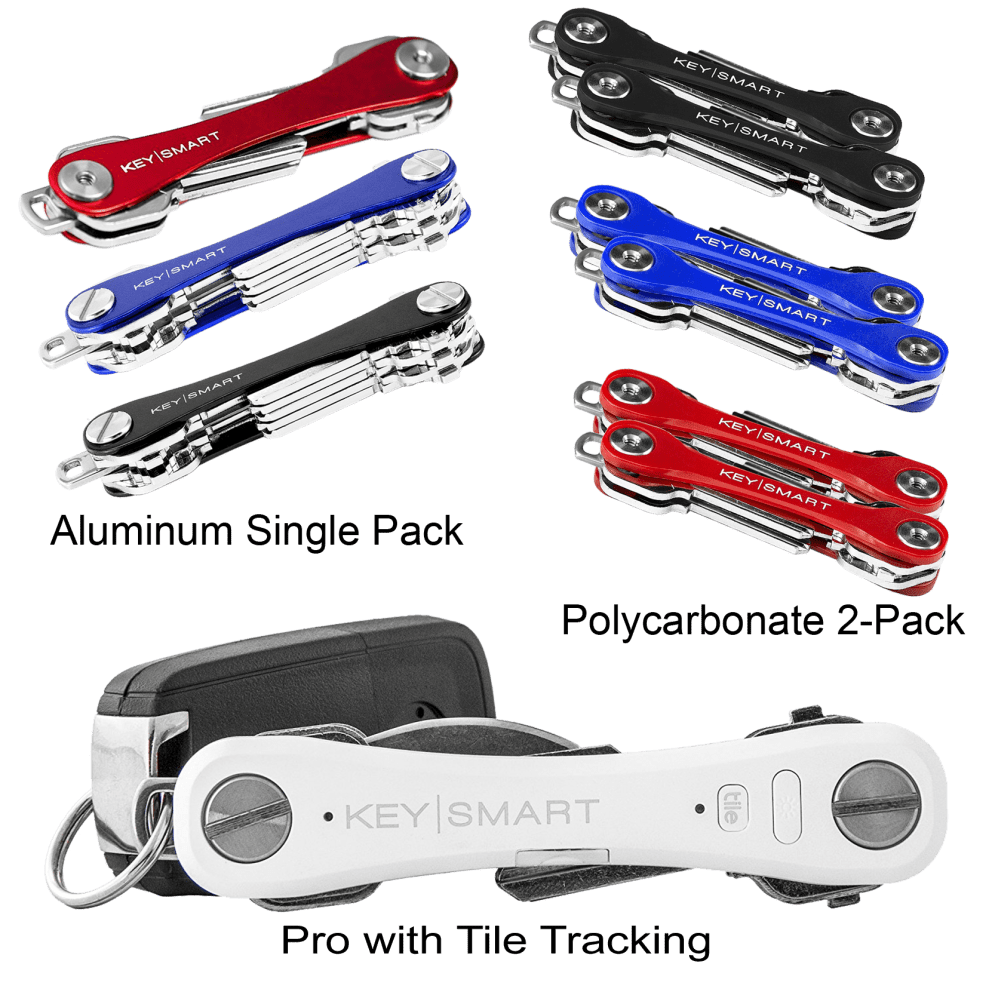
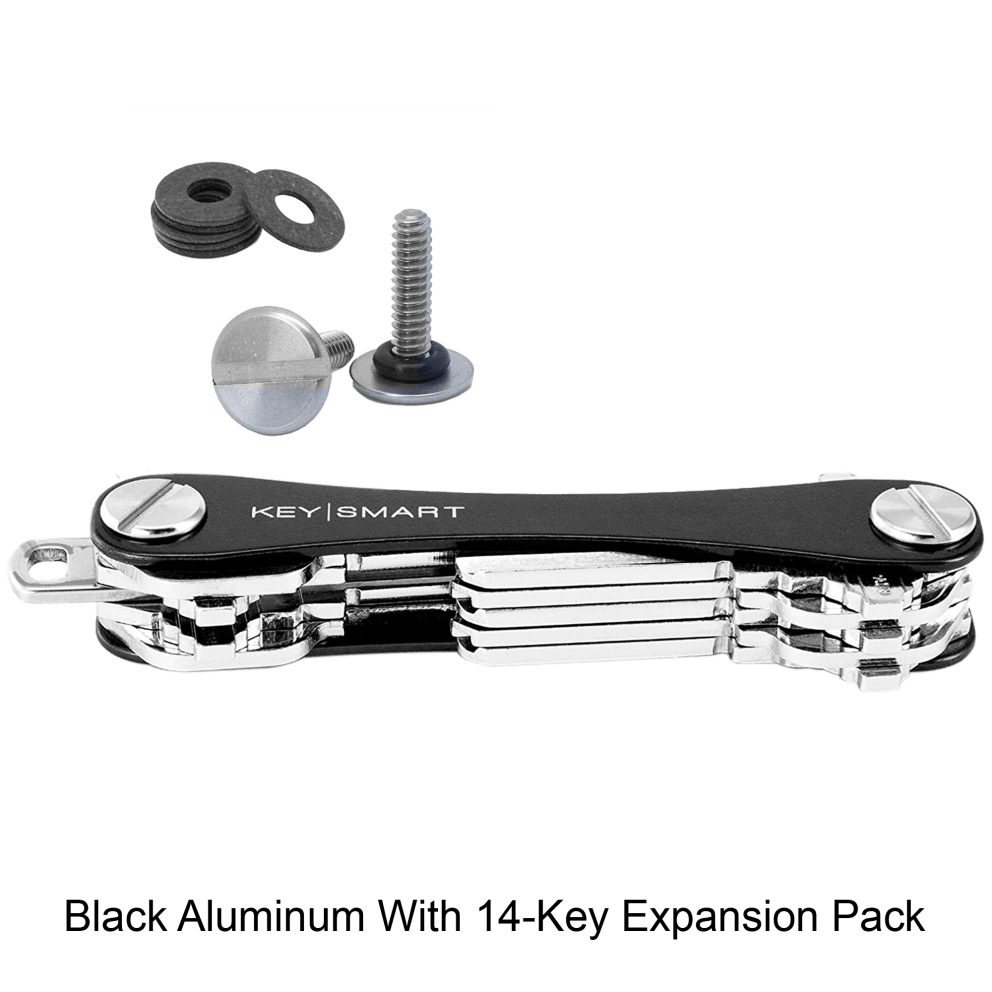
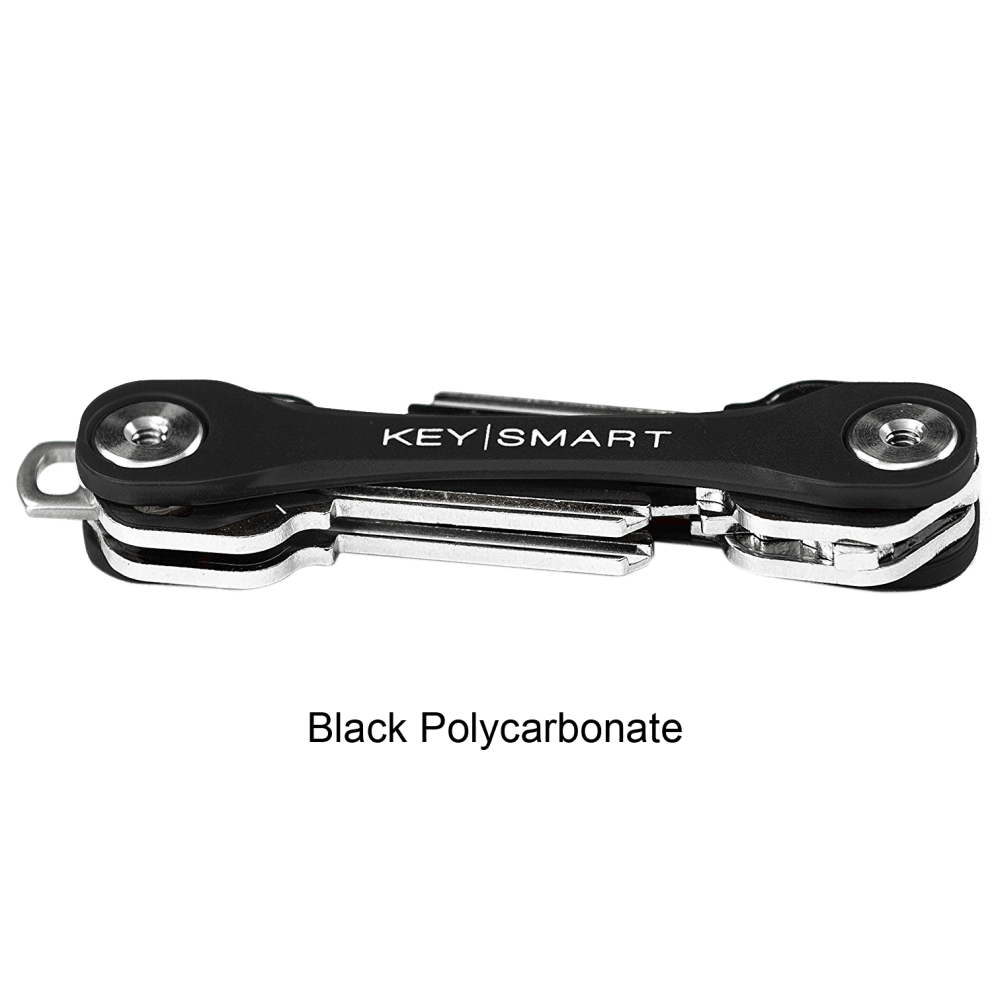
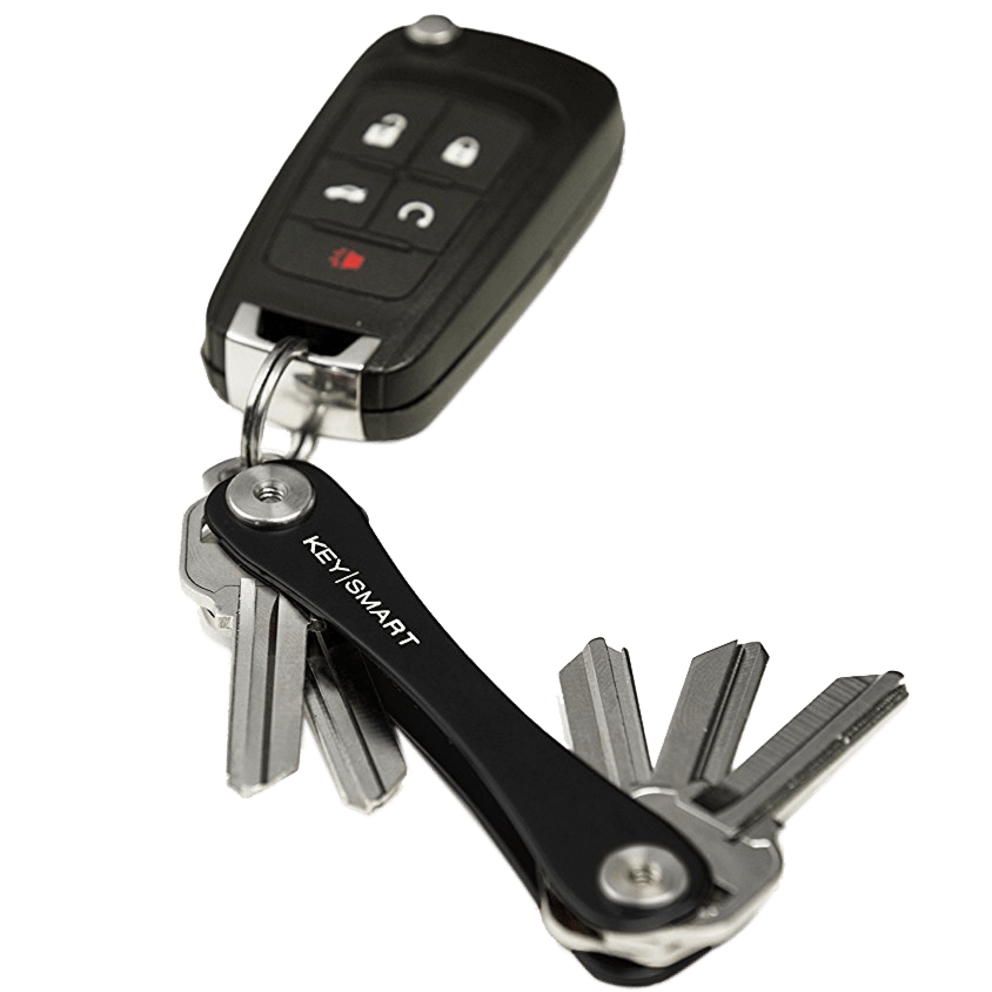
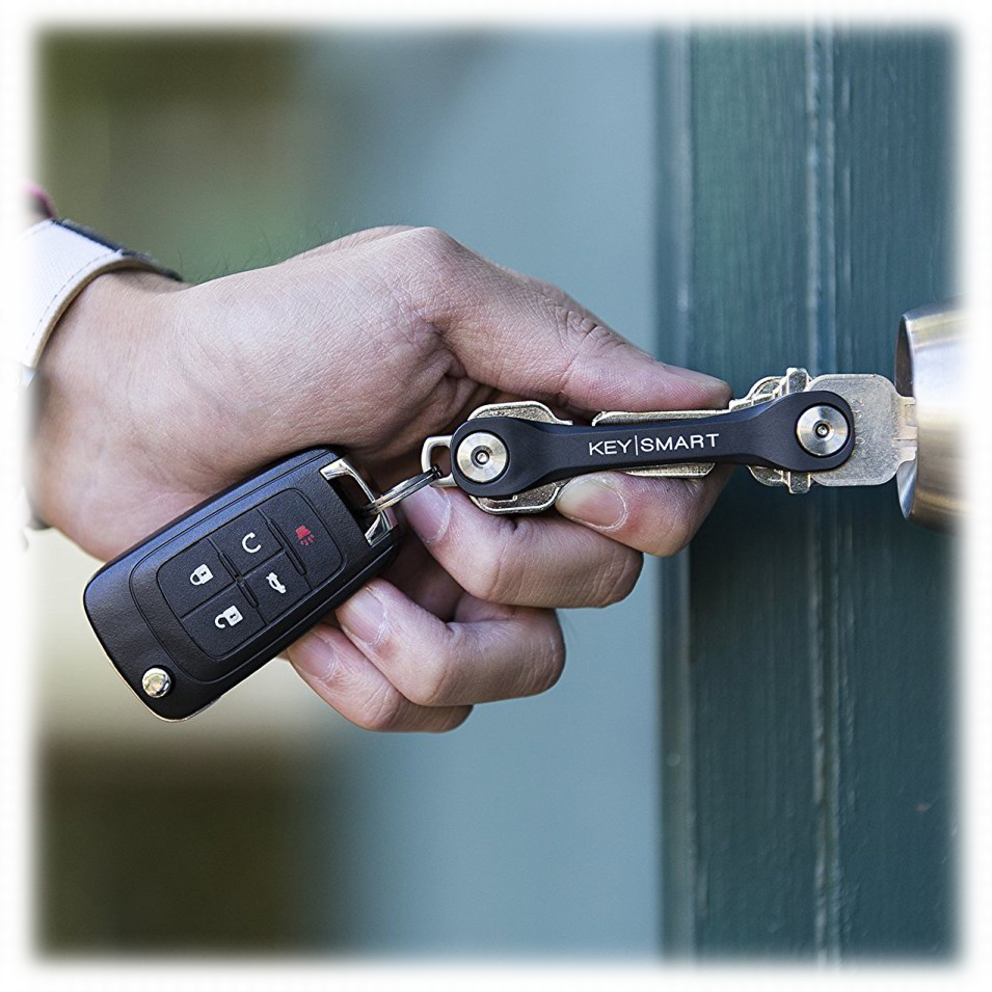

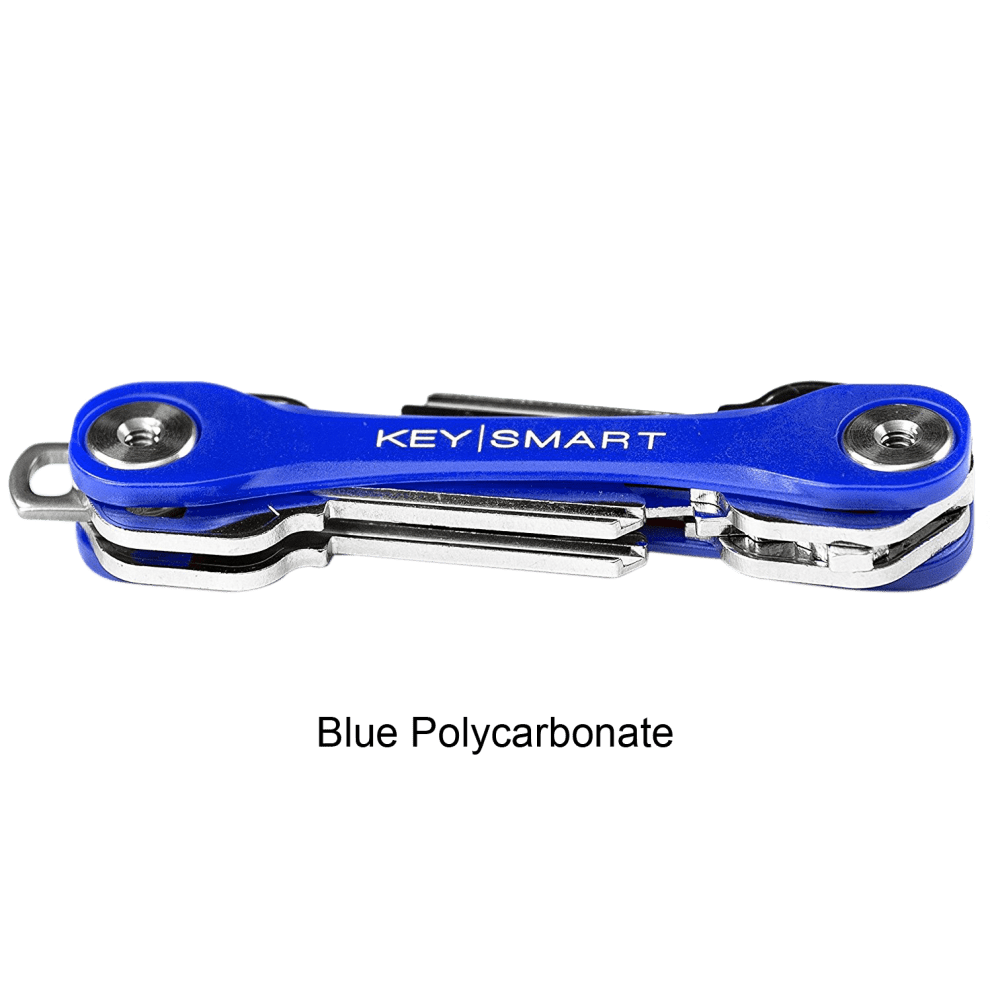
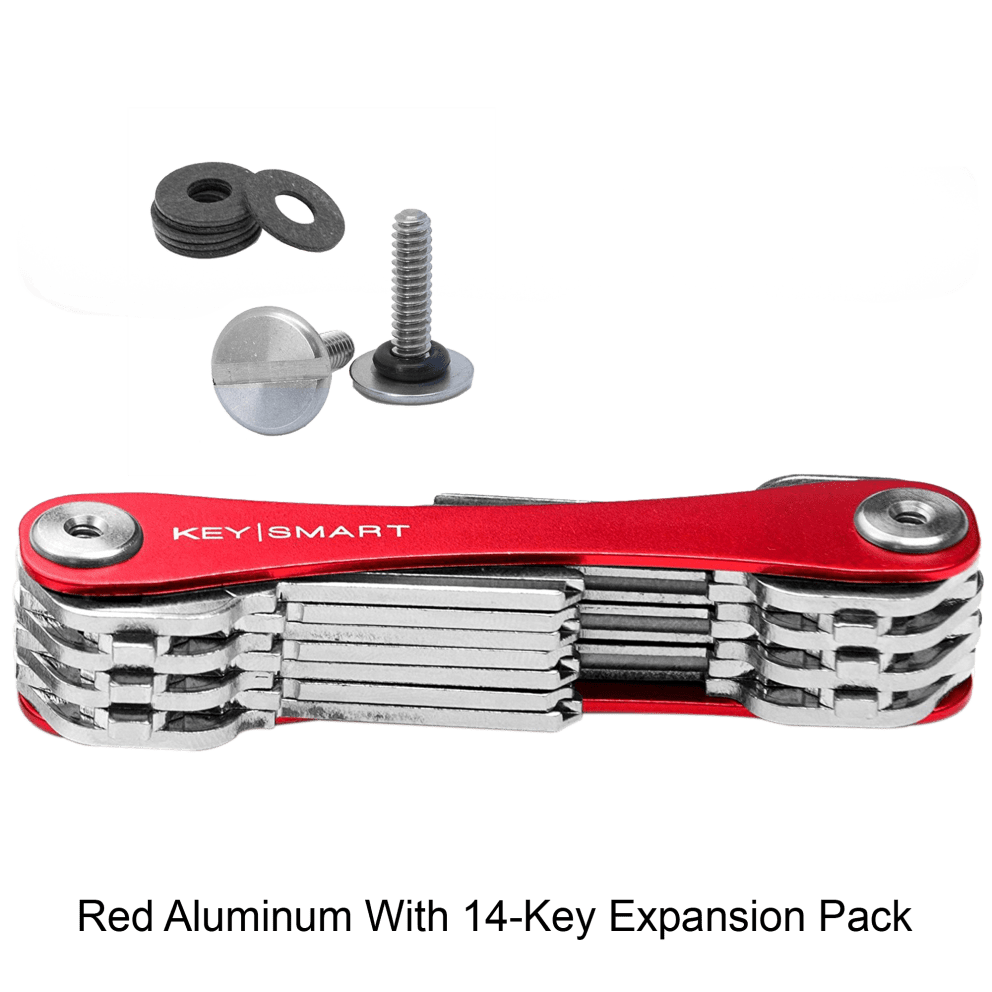


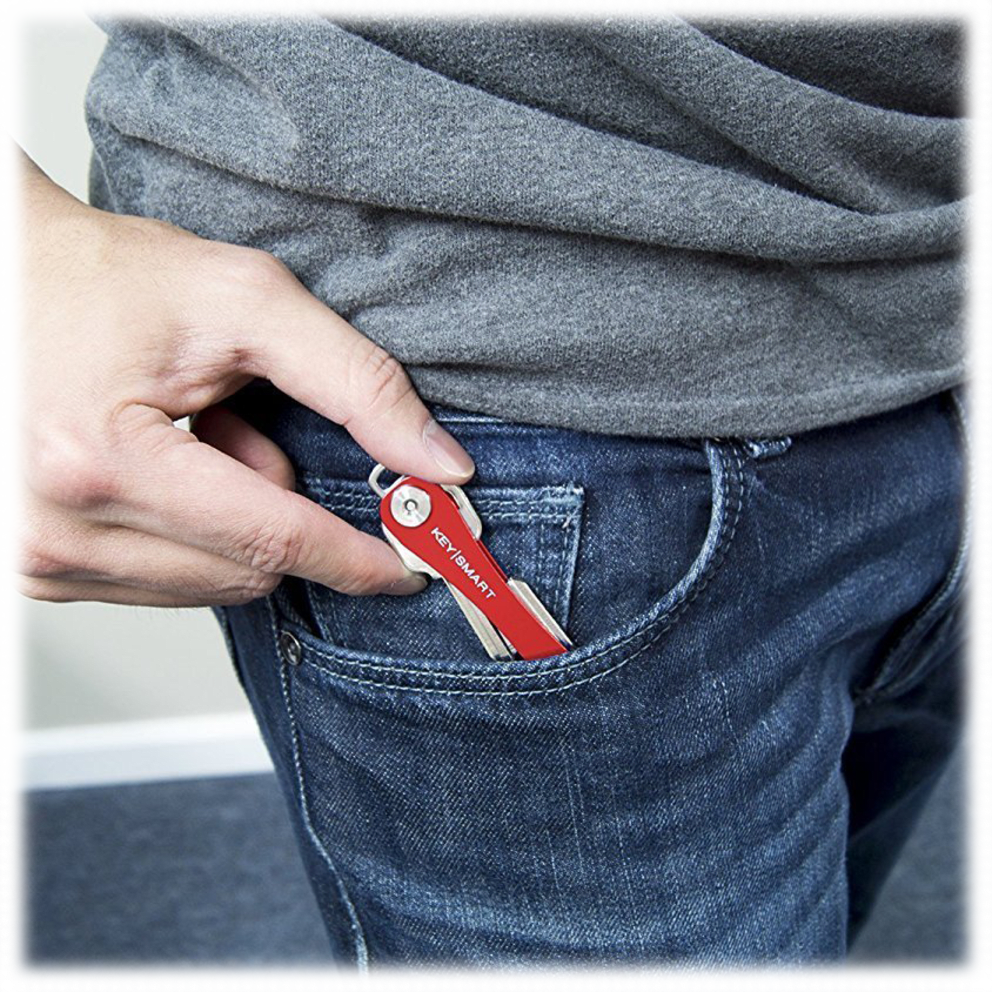

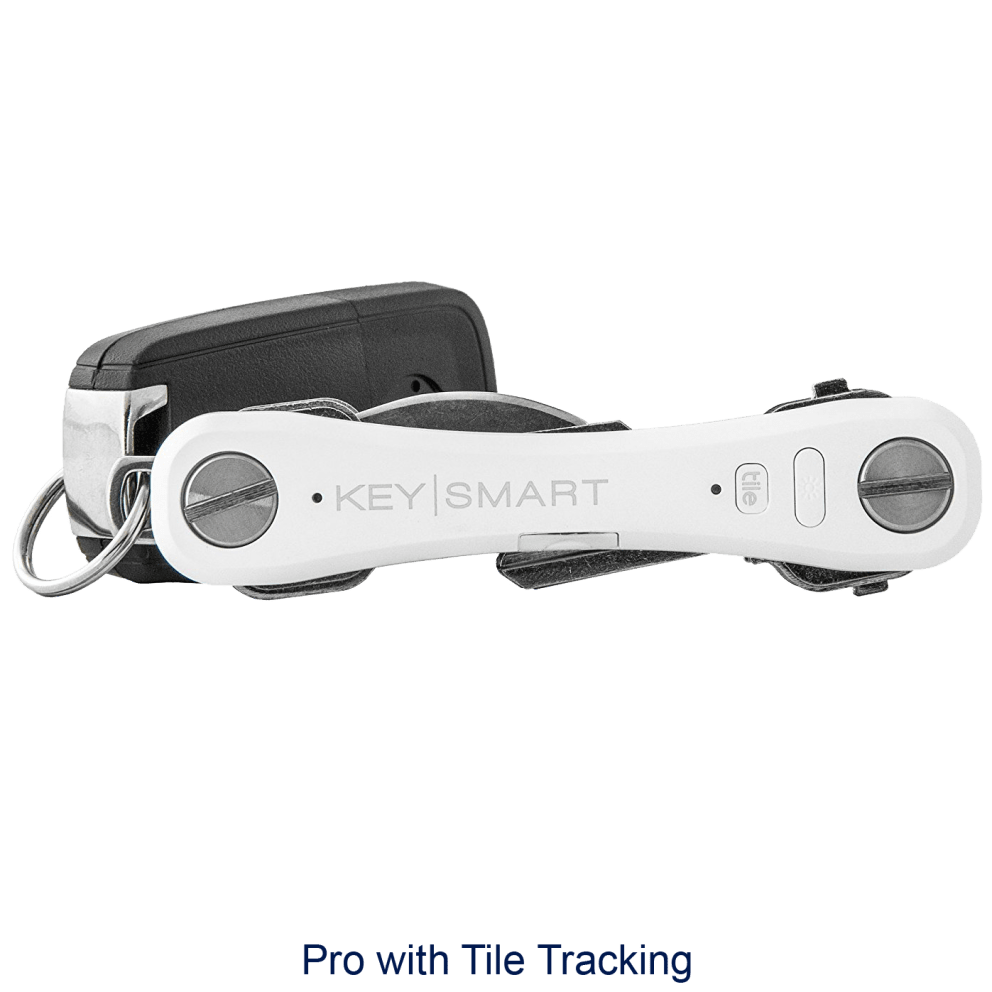

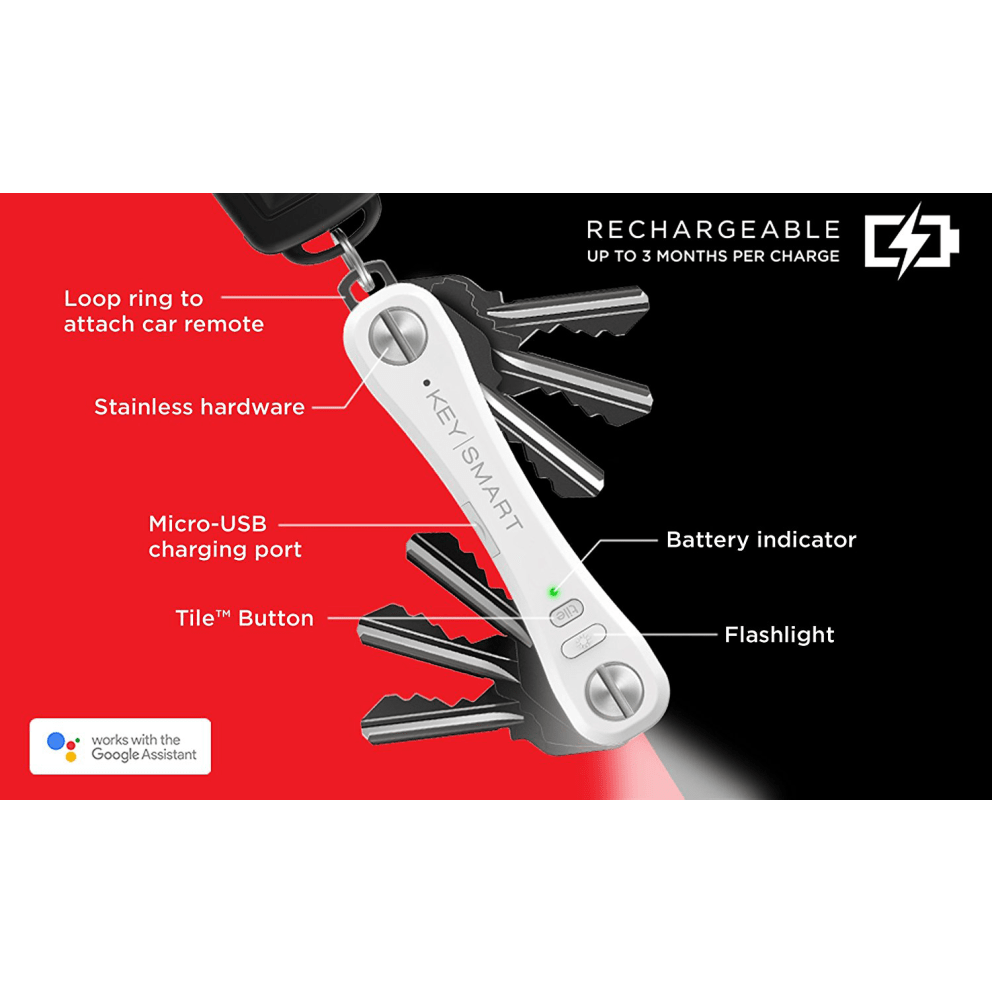
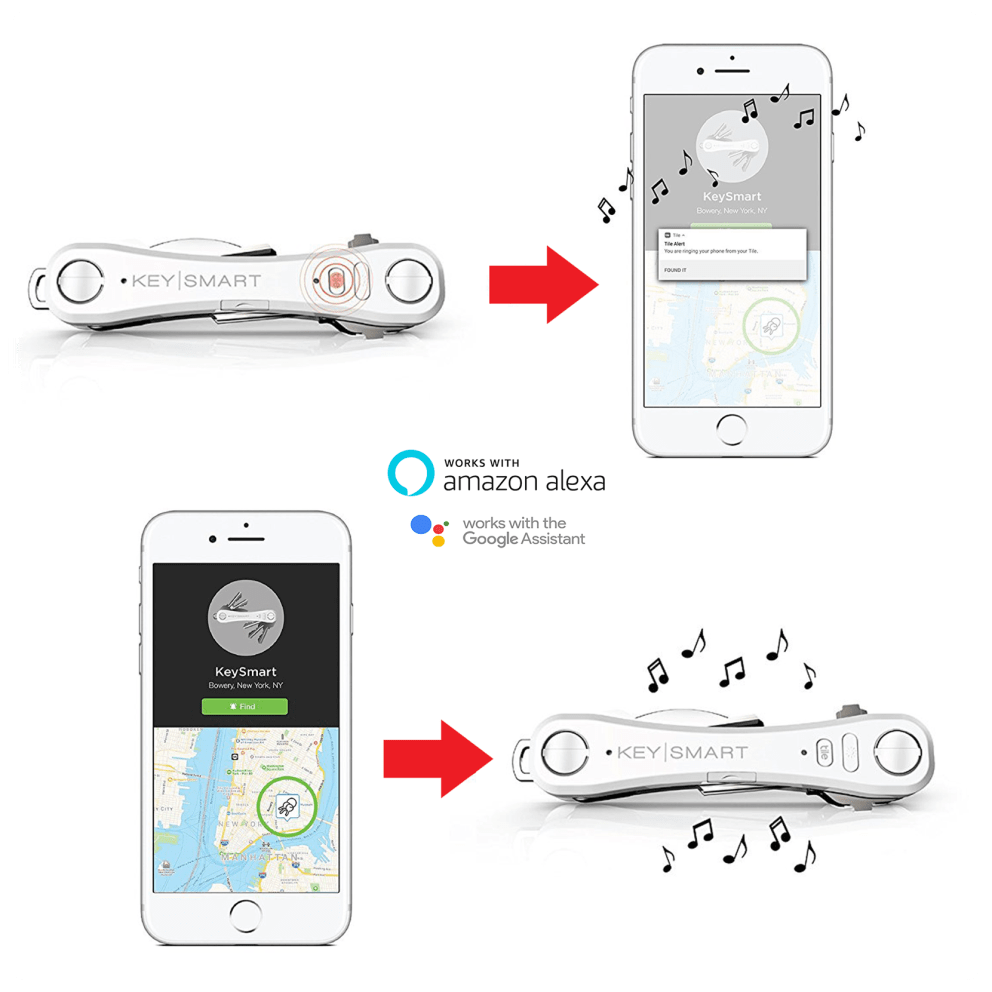

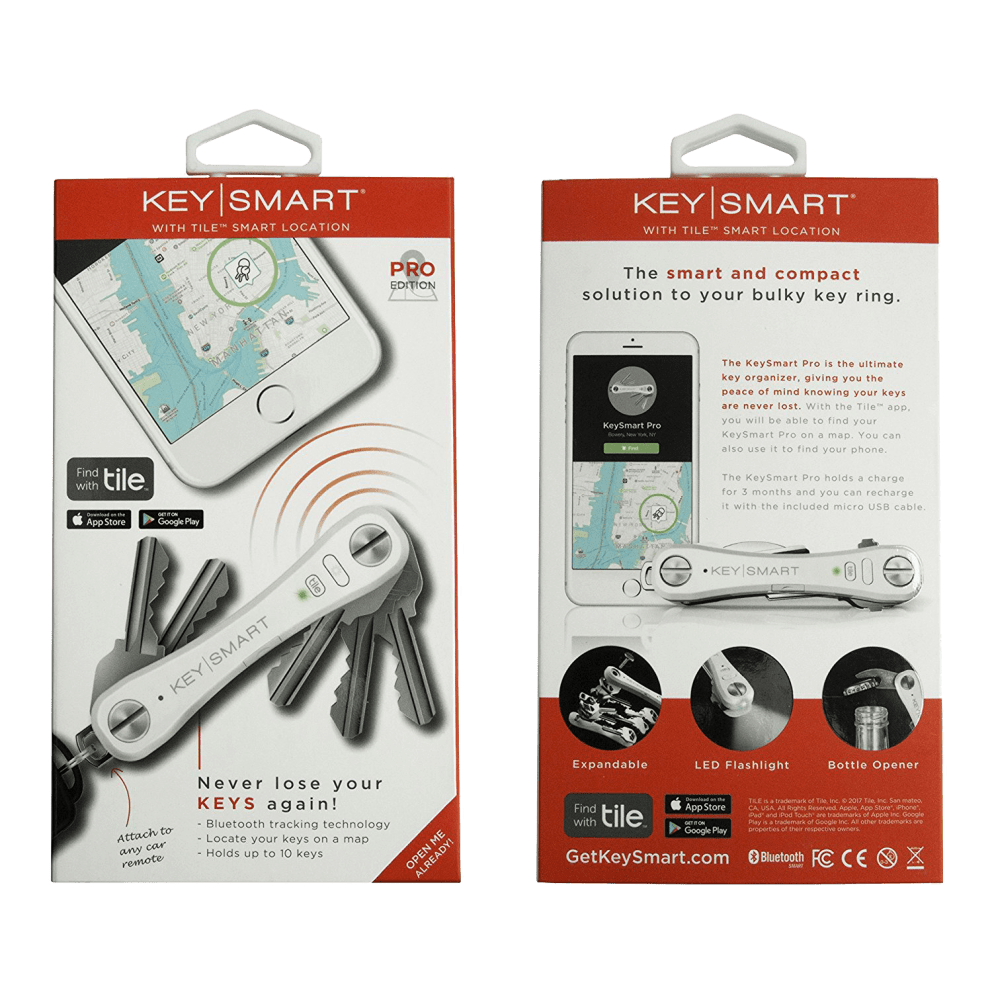

Features
- Your choice of 3 different key organizers from the key organization experts at Keysmart- Two plastic Keysmarts, one aluminum Keysmart with an expander, or one aluminum Keysmart with Tile tracking technology- Each Keysmart holds 8 keys (in an ideal situation - it seems like some people aren’t able to fit that many). This time we’re including an extender with the aluminum one to let it hold more- The Tile has all sorts of doodads like a flashlight, USB charging port (unlike those normal square Tiles that you throw out when the battery dies) and a battery indicator- You can also double-click the Tile button to ring your phone, even on silent, and a bunch of other Tile-y things- KS030e, KS019e (Mixing uppercase and lowercase letters in the same model number is usually unsightly and unprofessional. But those who have mastered the form can break it, and we applaud Keysmart’s challenge to the model number status quo)
Specifications
Specs ====- Model: KS030e, KS019e - Condition: New - Fits up to 8 keys (10 for Pro)- Metal has extended frame for longer/foreign keys and includes expansion pack for holding up to 14 keys- Includes loop ring to attach car keys - Made with aircraft aluminum or flexible polycarbonate - Stainless steel hardware - Loop piece takes up one slot - Pro: - Built-in Tile smart location tracks missing keys on a map - Make your lost keys ring out loud from the Tile app - Phone-finder button makes your lost phone ring, even on silent - Built-in LED flashlight, bottle opener and a loop piece to attach your car key/fob - Battery life: up to 3 months (rechargeable via micro USB)What’s in the Box? ====1x Aluminum Keysmart 1x Loop Piece 1x Expansion packor 2x Polycarbonate Keysmart 2x Loop Piece or 1x Pro Keysmart1x Micro USB cablePictures====OptionsBlack AluminumBlack PolycarbonateKeysUnlocking a doorBlue AluminumBlue PolycarbonateRed Aluminum14-Key Expansion Pack included with Aluminum ModelsRed PolycarbonateKeysPocketProFlashlightPro KeysMake some noooooiiiiise!Boom, six pics in oneBoxGroucho, Harpo, and ChicoPrice Comparison ====Polycarbonate: $29.98 (for 2) at Amazon Aluminum: $19.98 at AmazonPro: $59.99 at Amazon
